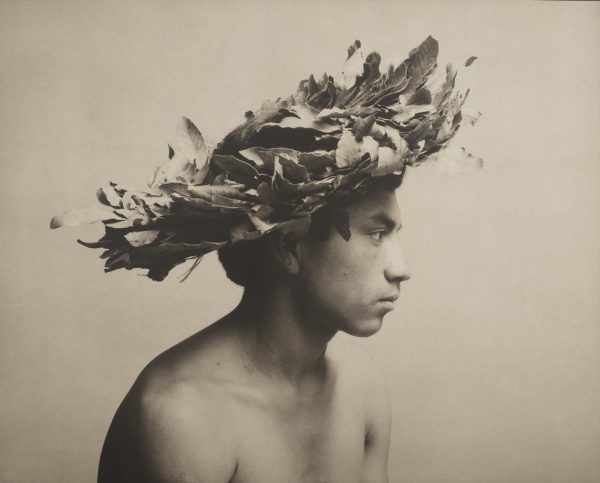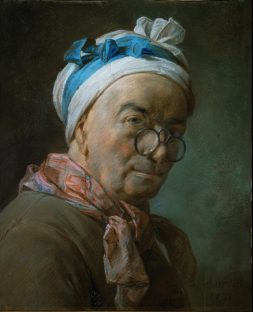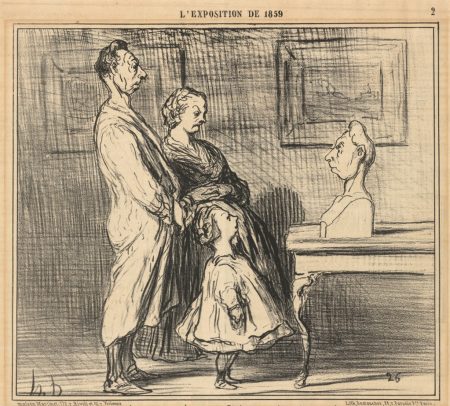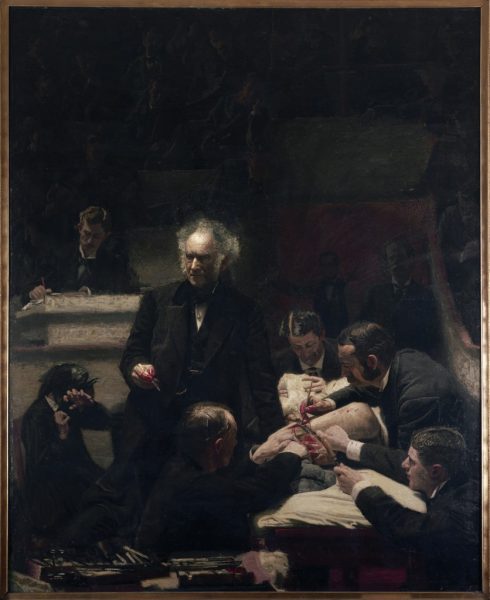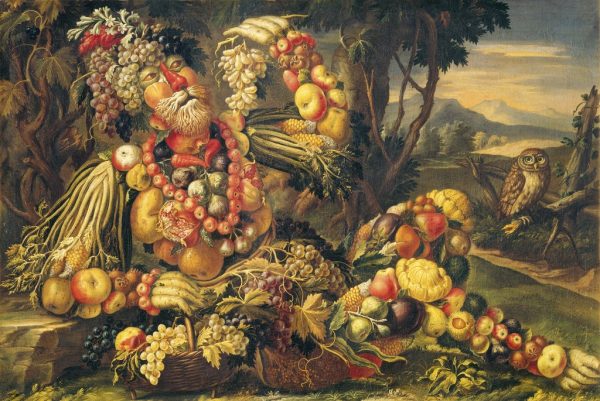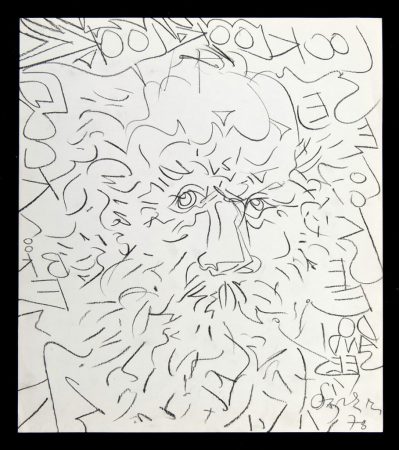By now you know that Artstor’s Public Collections provide approximately 1.3 million freely accessible images and other materials from library special collections, faculty research, and institutional history materials. The collections are constantly growing, and as we browsed for Latin American content in preparation for Hispanic Heritage Month, we were delighted by what we found. Here are some notable highlights:
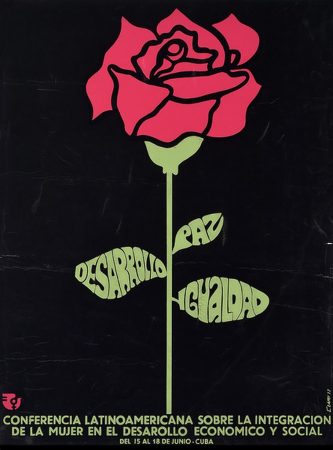
Clary. Conferencia Latinoamericana Sobre la Integracion de la Mujer en el Desarollo Economico y Social. 1977. Image and data from Wofford College: The Lindsay Webster Collection of Cuban Posters.
Wofford College: The Lindsay Webster Collection of Cuban Posters
The collection features approximately 350 works created in Cuba from the revolution through the 2000s. Many of the posters focus on Cuba’s efforts to spread messages of the revolution worldwide and to inspire others in the fight against oppression stemming from the legacies of imperialism and colonialism, as well as posters focused on promoting Cuban national pride, conservation, production, and culture.
Dartmouth: Ediciones Vigia Collection
In 1985, a Cuban poet Alfredo Zaldivar and an artist Rolando Estevez established a literary forum for a group of Cuban artists in Matanzas, Cuba and called it Ediciones Vigía. For over twenty years now the goal for these artists has been to create beautiful handmade books. Through all of the social and political shifts, and even a severe paper shortage, the artists have found ways to create works of enormous artistry, imagination, and creativity by using found and recycled materials.
